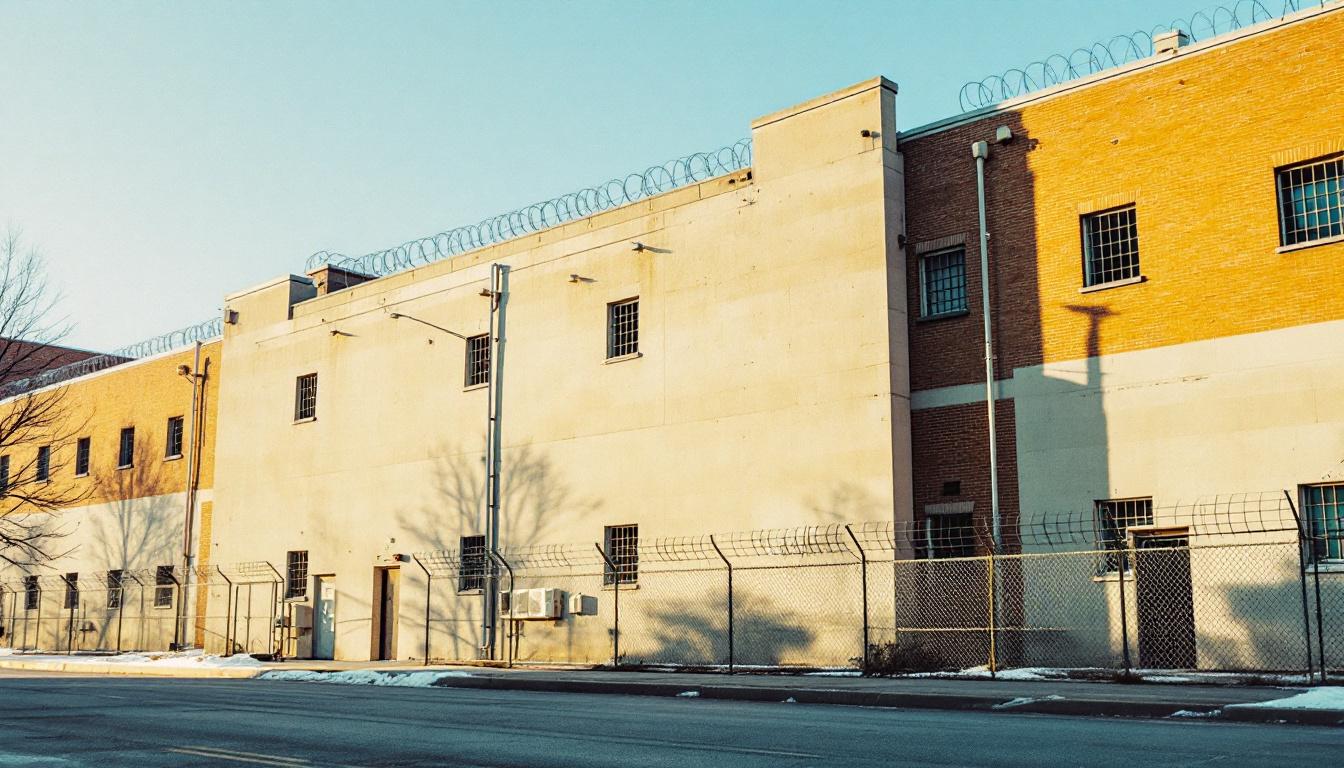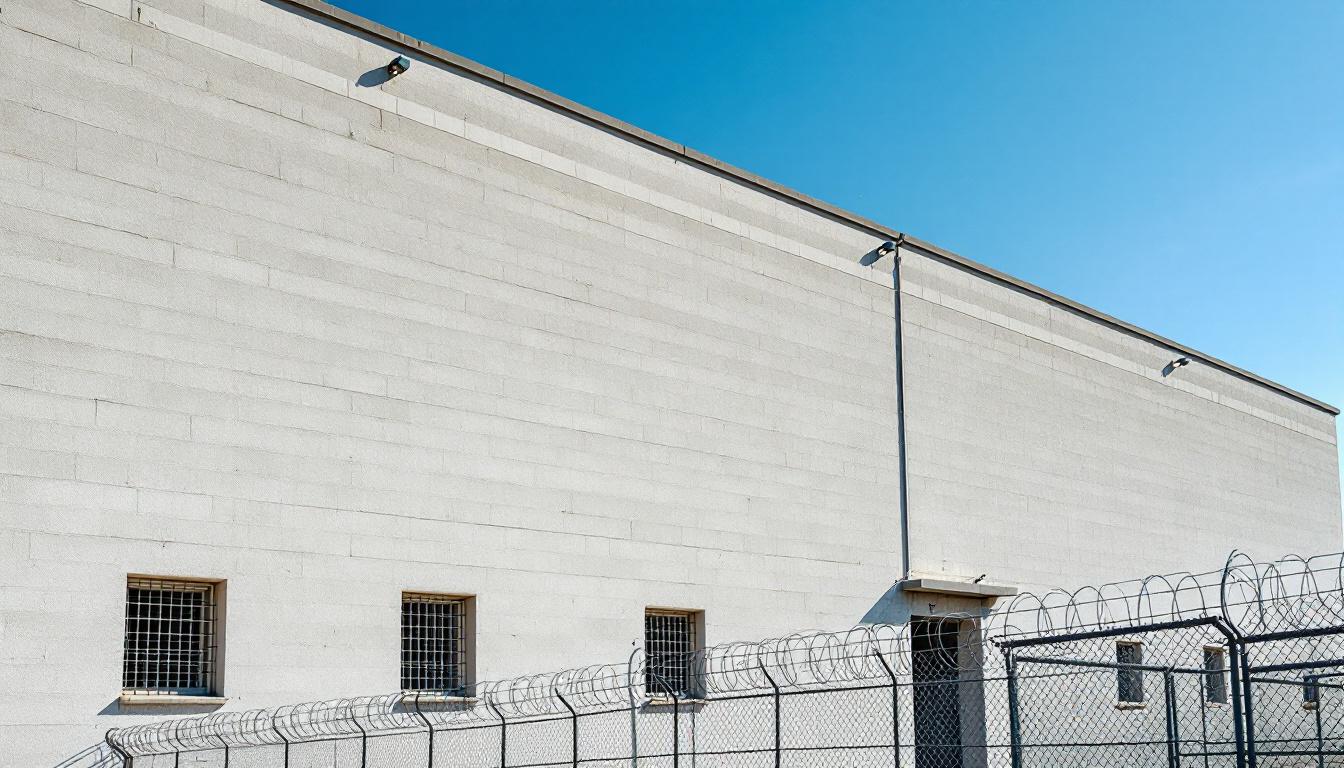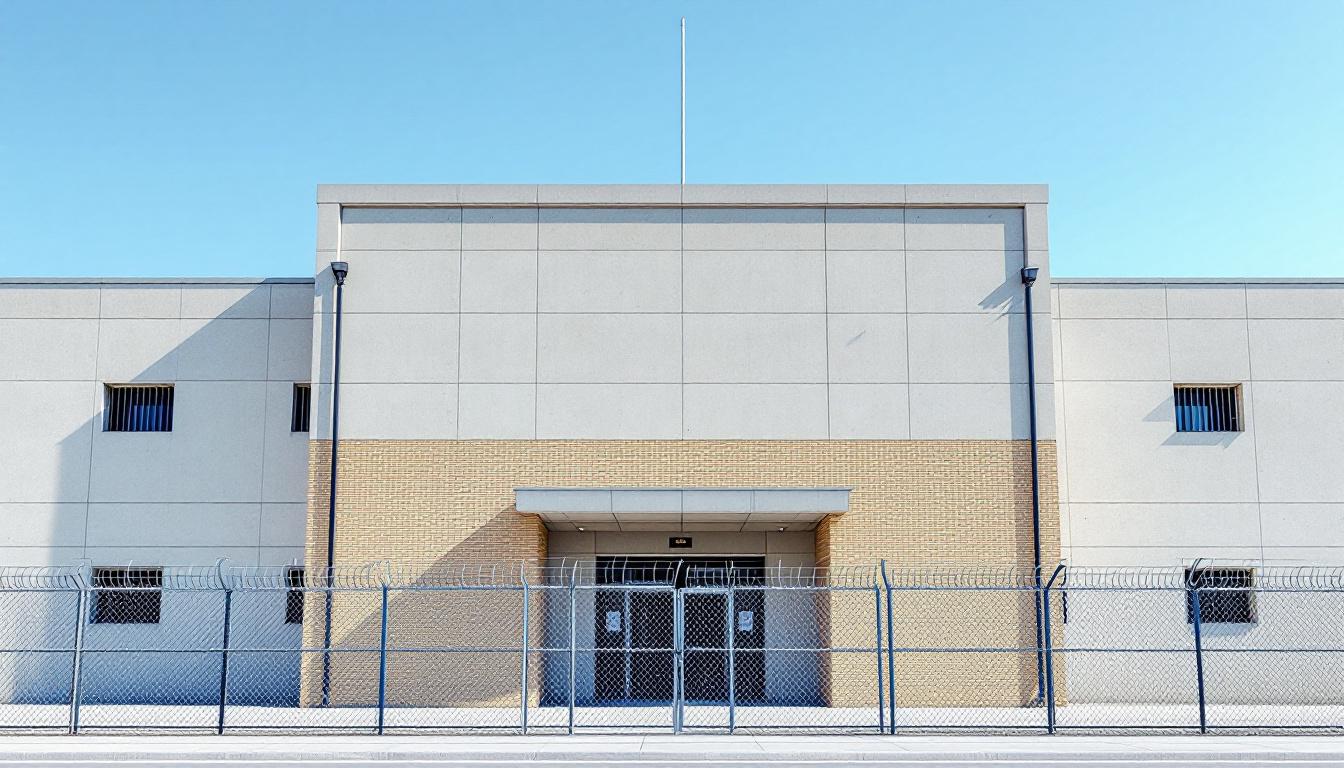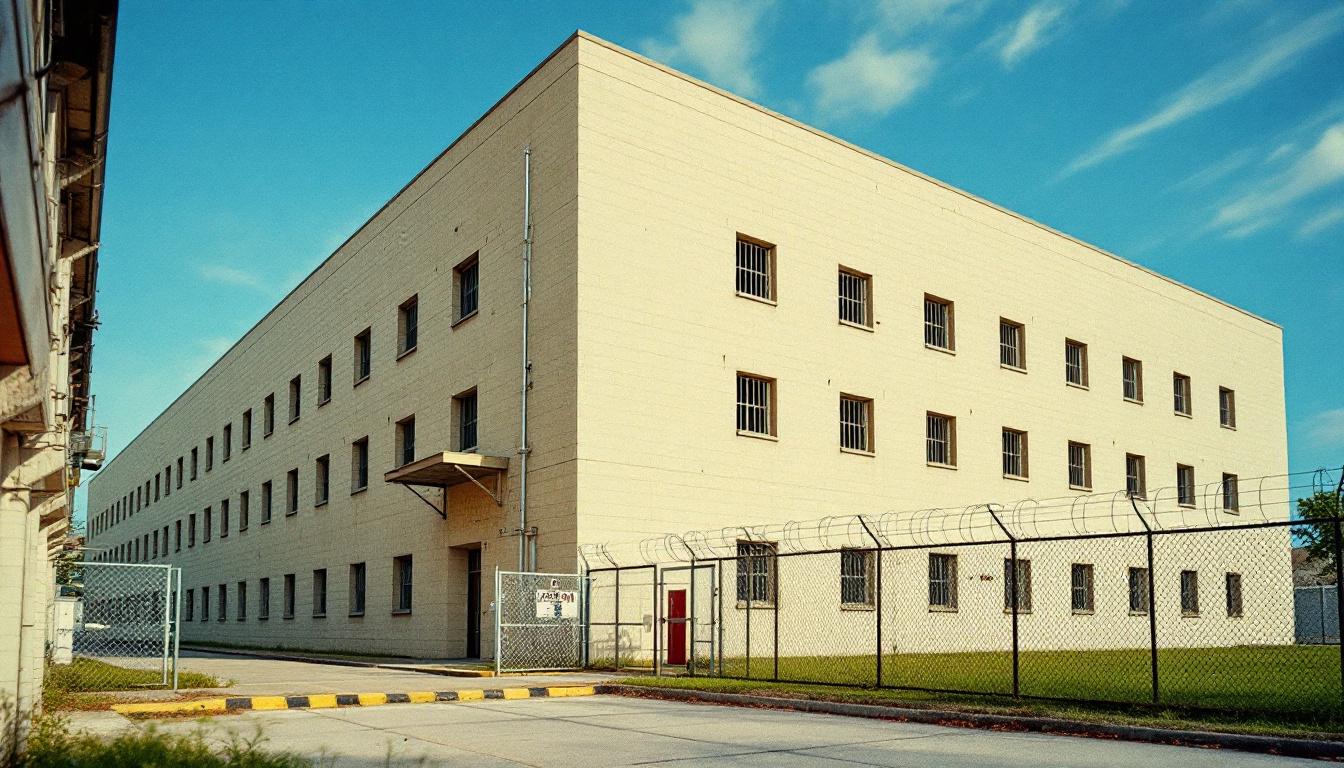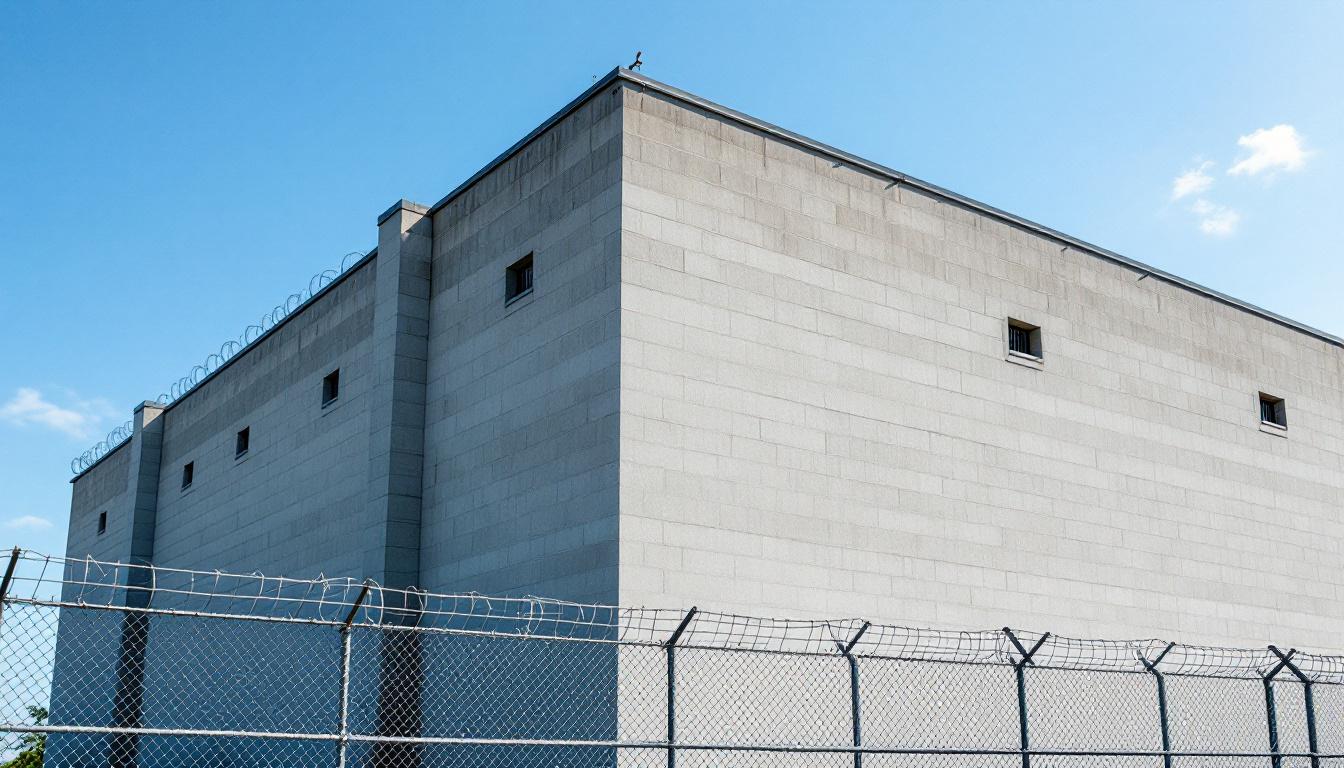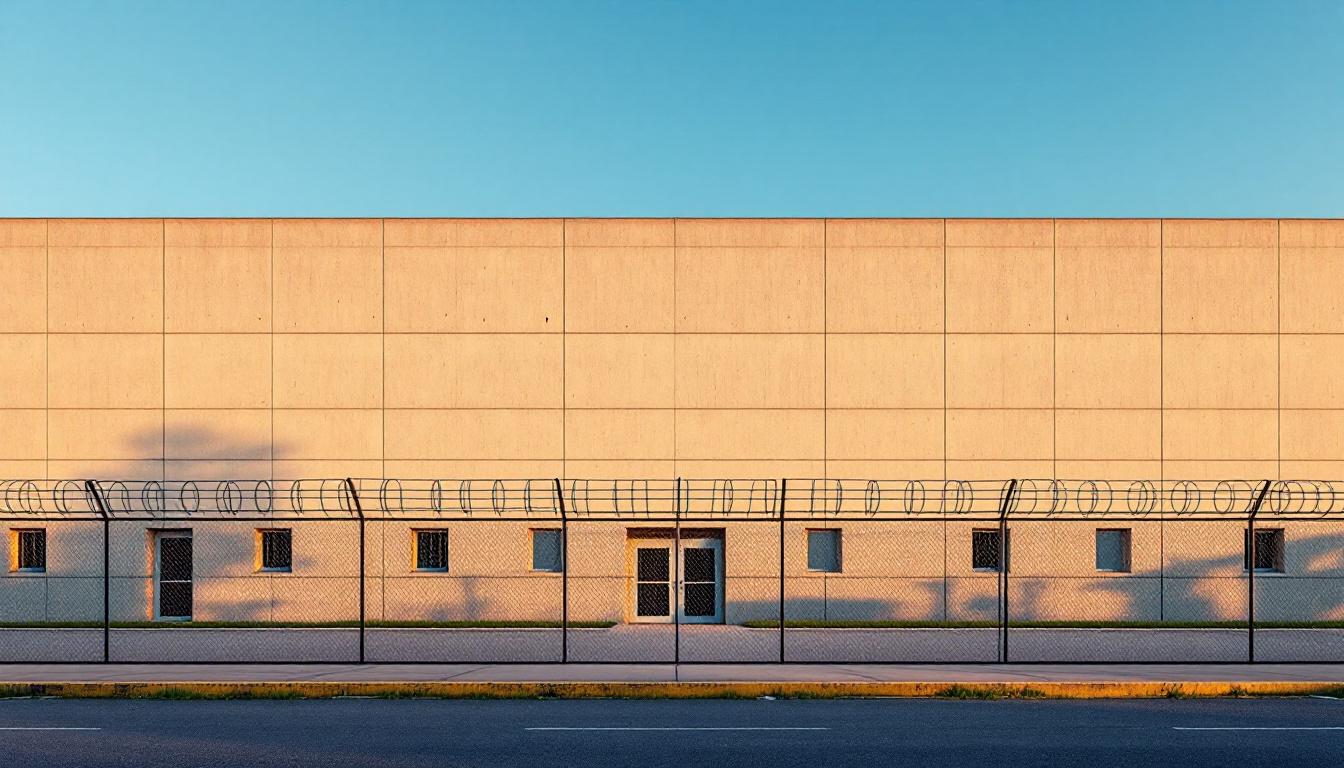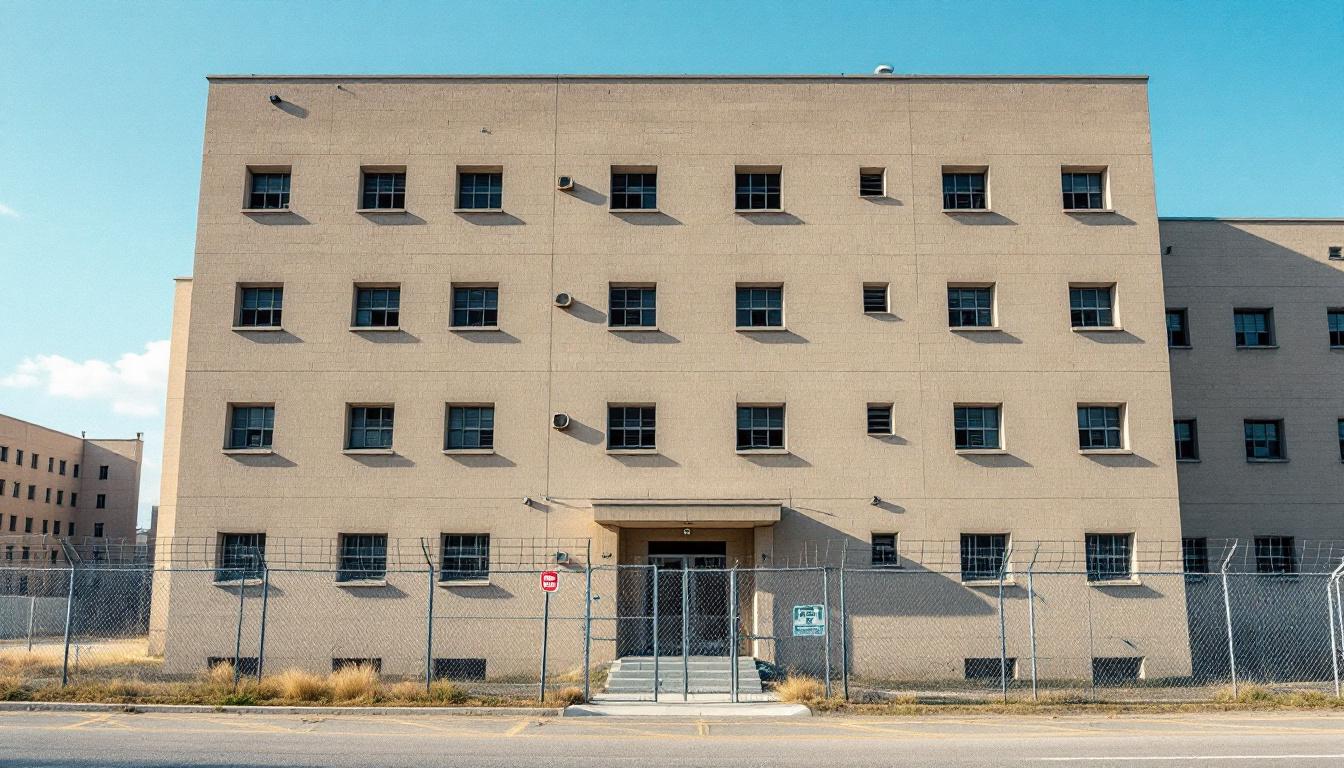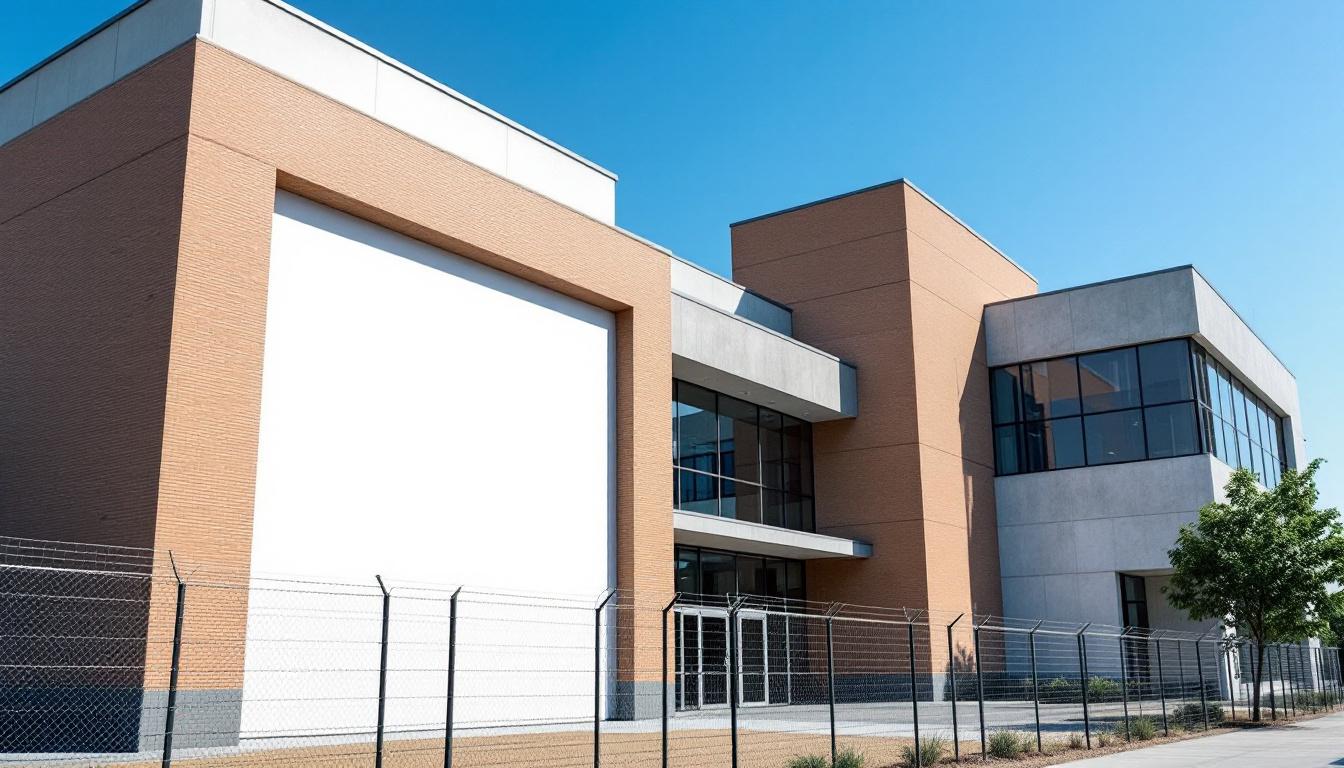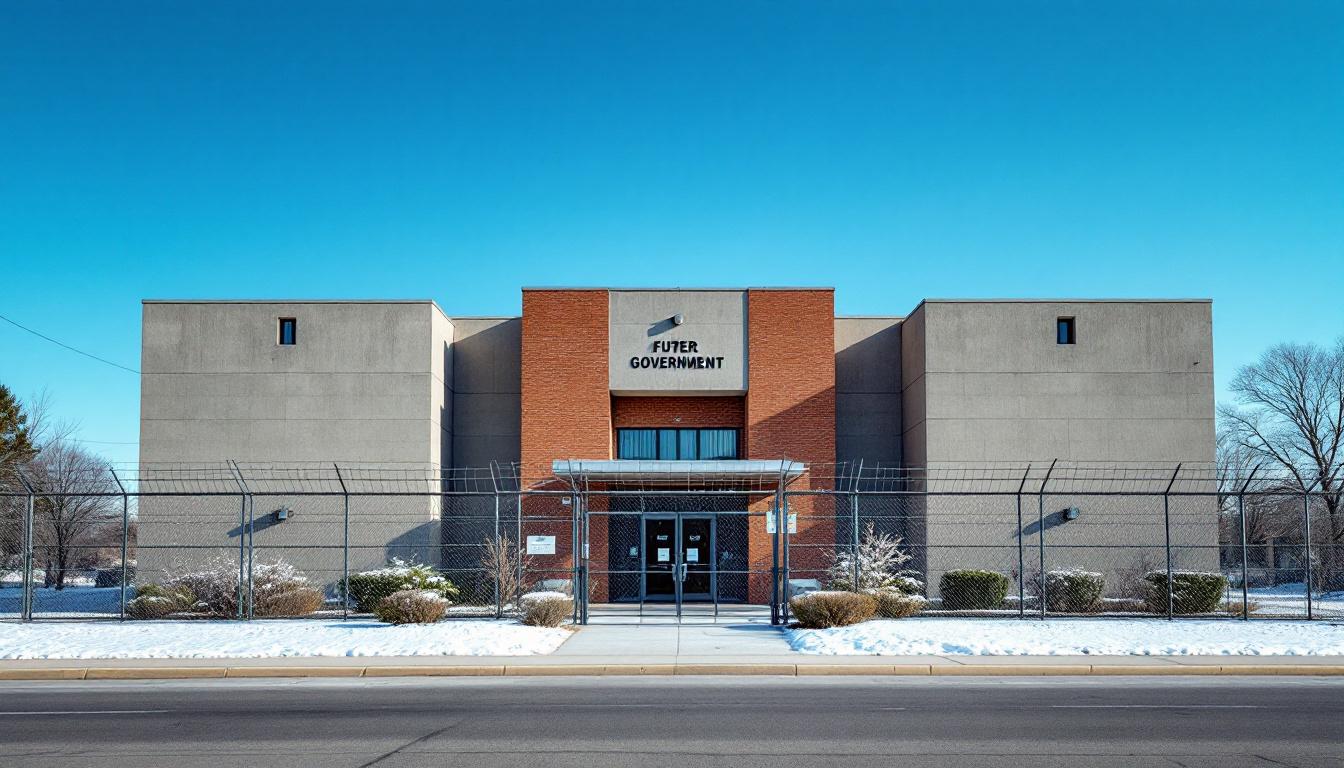
Quick Navigation
How to contact an inmate at Alabama Department of Corrections
This comprehensive guide will walk you through how to connect with an inmate at Alabama Department of Corrections. Follow the steps below to find an inmate and send letters and photos:
- Search for the inmate using our search tool below
- Create your account or log in to Penmate
- Write your message (up to 6,000 characters)
- Send instantly - inmates receive printed copies daily
Find an Inmate
Search for an inmate to start communicating today
Tip: You can search by first name, last name, or inmate ID number
To contact a person at Alabama Department of Corrections start by searching for the person on the official facility website. Perform a search by following these steps:
- Step 1: Enter their first name and last name into the search form and click "Search"
- Step 2: Locate their inmate record
- Step 3: Write down their Inmate ID and any housing information provided
Important! Be sure to enter the person's full name. Nicknames should not be used.
How to Send Messages to Inmates

You can use your phone or computer to send emails, letters, and photos to an inmate. Messages are sent electronically to inmate tablets or kiosks at the facility. If you would like to send a message, start by searching for an inmate at Alabama Department of Corrections.
Sending Photos and Postcards

A great way to send love and support to a loved one at Alabama Department of Corrections is to send photos and postcards. It only takes a few minutes to send photos from your phone and it makes a huge difference. You can also mail postcards with words of support and inspiration, or design your own postcard for special moments like birthdays and holidays.
Important! Be sure not to send any explicit photos or they may not be approved by the facility. You can also use a photo printing app like Penmate to make sure your photos are printed at the correct size (4x6 or 3x5) and are mailed according to the rules and regulations of Alabama Department of Corrections.
Frequently asked questions about Alabama Department of Corrections
-
How long does it take to deliver a message?
If you're sending an email message your letter is usually delivered within 24-48 hours. For messages sent via mail you should expect delivery within 3-7 days. All messages will need be approved by Alabama Department of Corrections.
-
How much does it cost to send a message to Alabama Department of Corrections?
You can send a message free using your phone or mail a message via USPS for the price of a $0.60 stamp and envelope. You can also purchase credits or e-stamps from services starting at $1.99.
-
What services can I use to contact an inmate at Alabama Department of Corrections?
Penmate
You can use Penmate to send letters and photos to an inmate from your phone. It's an easy way to stay in touch during your loved one's incarceration. Use the inmate locator to find an inmate's location and contact information, then you can send messages within a few minutes.
Securus messaging
Securus may be another option for communicating with an inmate at Alabama Department of Corrections. You can create a friends and family account and purchase credits to send messages. All messages will be reviewed and must be approved by the facility.
JPay
Some county jails and state prisons may support sending messages with JPay. You must register an account with the system, find your loved one, and purchase stamps to send messages. For some locations you can also attach photos.
Smart Jail Mail
You may also check if Smart Jail Mail is available at Alabama Department of Corrections. Smart Jail Mail is operated by Smart Communications and has contracted with some state and county jails. After purchasing credits, your messages and photos are sent to the facility, printed out, and then handed out to your loved one.
-
What is the mailing address of Alabama Department of Corrections?
Mailing address:
Alabama Department of Corrections
12201 Wares Ferry Rd
Montgomery, AL 36117
Phone: (334) 215-3300Business hours:
- Monday: Open 24 hours
- Tuesday: Open 24 hours
- Wednesday: Open 24 hours
- Thursday: Open 24 hours
- Friday: Open 24 hours
- Saturday: Open 24 hours
- Sunday: Open 24 hours
-
What are the visiting hours at Alabama Department of Corrections?
Visiting hours at Alabama Department of Corrections vary by housing unit and security level. Generally, visits are scheduled on weekends and holidays, with some facilities offering weekday visits. Contact the facility directly at (334) 215-3300 or check their website for the current visiting schedule. Visits typically last 30-60 minutes and must be scheduled in advance.
-
What items are prohibited when sending mail to Alabama Department of Corrections?
Prohibited items typically include: cash, personal checks, stamps, stickers, glitter, glue, tape, staples, paperclips, polaroid photos, musical or blank greeting cards, hardcover books, magazines with staples, and any items containing metal or electronics. Only send letters on plain white paper with blue or black ink. Photos must be printed on regular photo paper (no Polaroids). Always check with Alabama Department of Corrections for their specific mail policies.
-
How do I send money to an inmate at Alabama Department of Corrections?
You can send money to an inmate at Alabama Department of Corrections through several methods: 1) Online using JPay, Access Corrections, or the facility's approved vendor, 2) Money orders mailed directly to the facility with the inmate's name and ID number, 3) Kiosks located in the facility lobby, or 4) Over the phone using a credit or debit card. Fees vary by method, typically ranging from $2.95 to $11.95 per transaction.
-
Can I schedule a video visit with an inmate at Alabama Department of Corrections?
Many facilities now offer video visitation as an alternative to in-person visits. At Alabama Department of Corrections, video visits may be available through services like Penmate, Securus Video Connect, GTL, or ICSolutions. Video visits typically cost $10-20 for 20-30 minutes and must be scheduled in advance. You'll need a computer or smartphone with a camera and reliable internet connection. Contact the facility for their specific video visitation policies and approved vendors.
-
What identification do I need to visit an inmate at Alabama Department of Corrections?
All visitors must present valid government-issued photo identification such as a driver's license, state ID, passport, or military ID. Minors must be accompanied by a parent or legal guardian who can provide the minor's birth certificate. Some facilities require visitors to be on the inmate's approved visitation list, which may require a background check. Contact Alabama Department of Corrections for specific ID requirements and visitor approval procedures.
-
How can I find out an inmate's release date?
To find an inmate's release date at Alabama Department of Corrections, you can: 1) Use the online inmate search tool if available, 2) Call the facility's records department, 3) Contact the inmate's case manager or counselor, or 4) Have the inmate provide this information during a call or visit. For privacy reasons, some facilities only release this information to immediate family members.
Facility Overview
Contact Information
Alabama Department of Corrections12201 Wares Ferry Rd
Montgomery, AL 36117
Phone: (334) 215-3300
Official Website
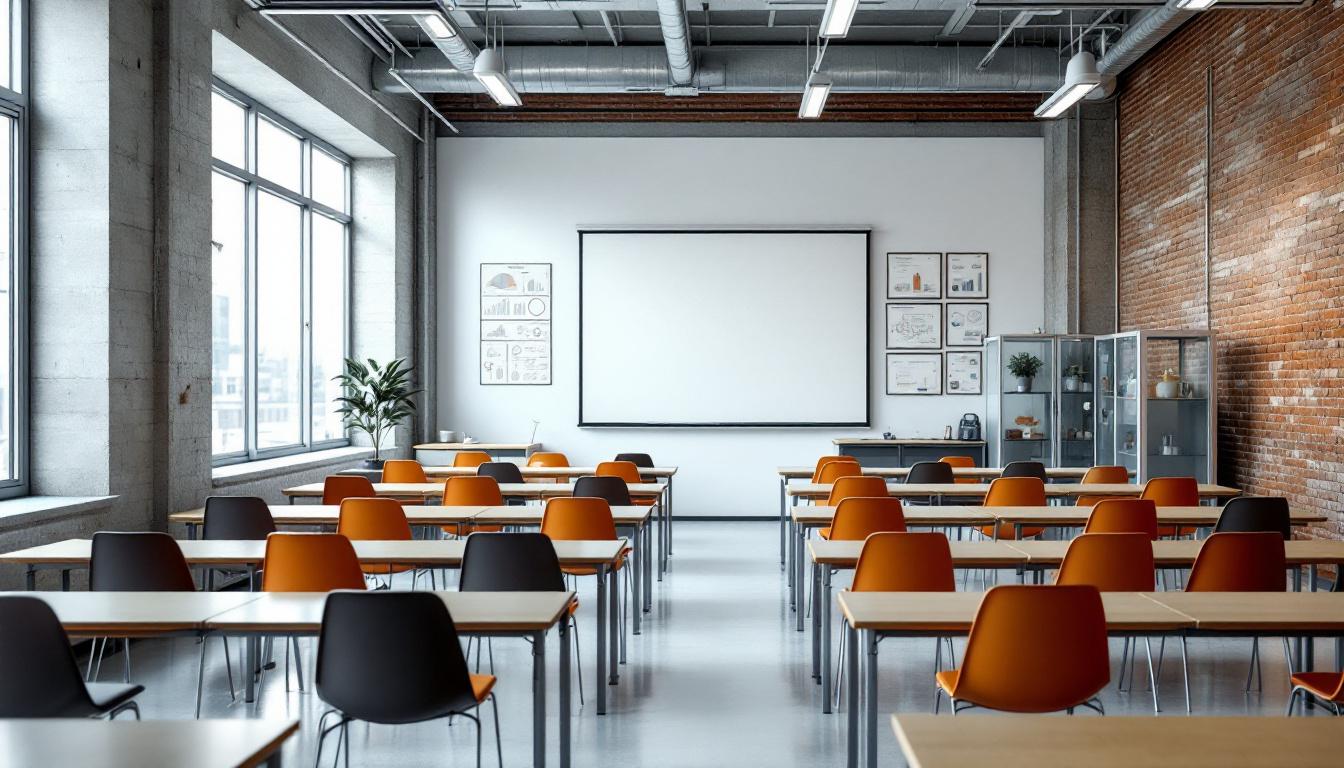
About Alabama Department of Corrections
Comprehensive reentry programming and transitional support services form the operational foundation at KILBY RCC, where individuals typically receive structured preparation for community reintegration within Alabama's correctional framework. Located in Mt. Meigs, this AL correctional facility generally emphasizes skill development, educational opportunities, and behavioral programming designed to address the multifaceted challenges individuals face when transitioning back to community life. The facility's approach often includes vocational training components, substance abuse programming, and life skills development that may encompass financial literacy, employment readiness, and family reunification support.
Within Alabama's broader correctional network, KILBY RCC typically serves as a specialized component focused on reducing recidivism through evidence-based programming and graduated reentry processes. The Mt. Meigs location generally allows for community partnership development that may facilitate job placement assistance, educational continuity, and ongoing support services. Individuals services at the facility often extend beyond basic correctional programming to include case management, mental health support, and structured community transition planning. This correctional facility approach generally recognizes that successful reintegration requires comprehensive preparation addressing housing, employment, family relationships, and community connections that support long-term stability and public safety outcomes throughout the region.
Programs & Services
Within the framework of comprehensive rehabilitation, KILBY RCC typically establishes a multifaceted approach to individual development that addresses the diverse needs and aspirations of its residents. The facility's philosophy centers on creating pathways that extend beyond basic incarceration, fostering an environment where individuals may engage with opportunities designed to address educational deficits, develop practical skills, and cultivate personal growth. This holistic approach often recognizes that successful reintegration requires attention to multiple dimensions of human development, from academic advancement to spiritual wellness.
Educational and vocational opportunities form a cornerstone of the facility's programming structure, with academic initiatives that may include foundational education programs designed to address literacy and numeracy gaps. College correspondence courses often provide individuals with the chance to pursue higher education credentials while maintaining their residential obligations. Moreover, vocational training opportunities typically encompass practical trades such as plumbing and electrical work, equipping participants with marketable skills that may enhance their employment prospects upon release. These educational pathways frequently operate in conjunction with one another, allowing individuals to simultaneously address academic deficiencies while developing specialized technical competencies.
The facility's support services and therapeutic opportunities often extend into specialized programming that addresses underlying factors contributing to criminal behavior. Work release initiatives may provide structured transitions between institutional life and community reintegration, while faith-based programs typically offer spiritual guidance and community connection for those seeking such support. Moreover, targeted interventions such as domestic violence programs often address specific behavioral patterns, providing individuals with tools for healthy relationship dynamics and conflict resolution. This comprehensive approach to programming reflects an understanding that successful rehabilitation requires attention to both practical skill development and deeper psychological and social needs.
Daily Life & Visitation
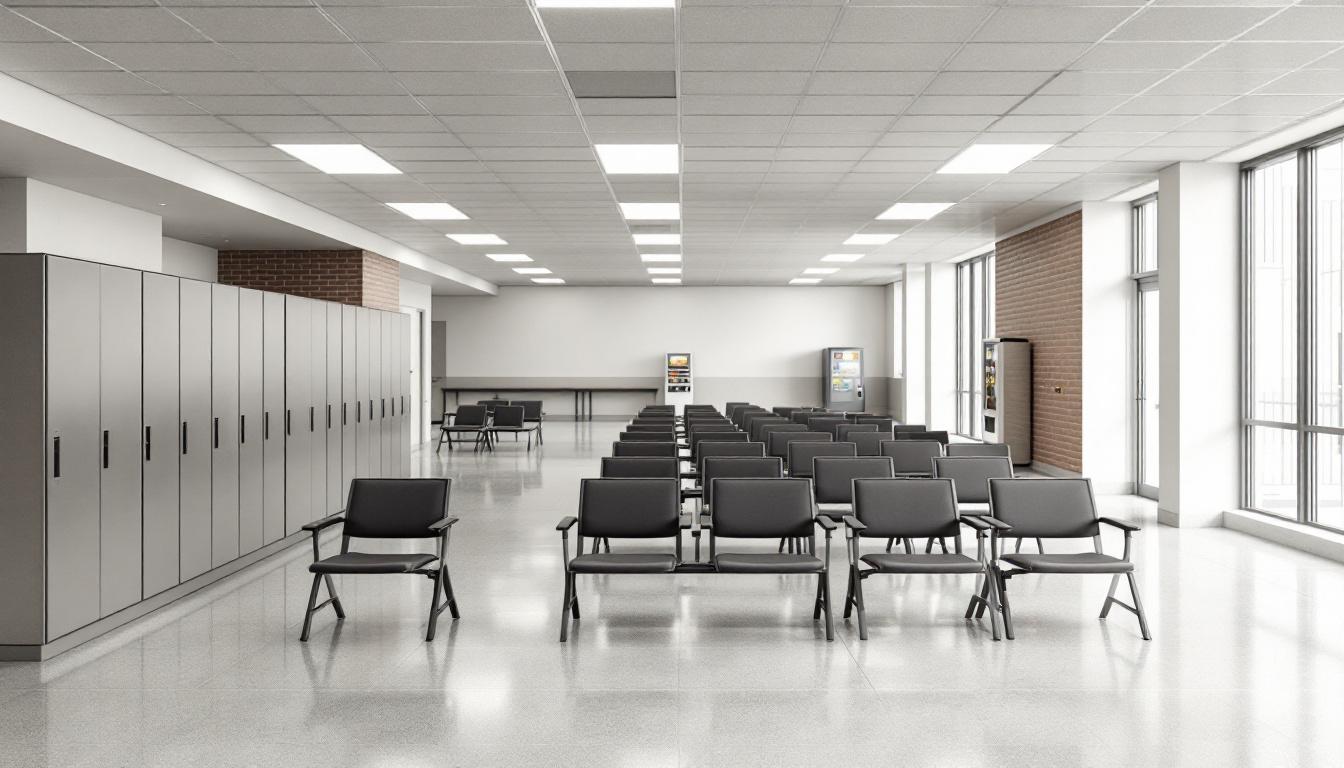
The steady rhythm of meal times serves as one of the most reliable anchors in an otherwise structured environment, with individuals at Kilby RCC consistently finding that these communal moments offer both nourishment and brief social interaction throughout their day. Today's routine typically begins with early morning wake-up calls, followed by facility counts and the gradual transition into scheduled activities that may include work assignments, educational programming, or recreational periods. The structured nature of daily life generally provides individuals with predictable routines, though the specific flow of activities can vary based on housing assignments and individual program participation.
Moreover, living accommodations at the facility typically consist of shared housing units where individuals maintain personal spaces within the broader dormitory-style or cell-based arrangements common to correctional environments. The dining experience usually involves scheduled meal times in communal areas, where individuals receive meals that generally meet basic nutritional standards, though many supplement their diet through commissary purchases when funds are available. Personal property allowances typically include essential items and limited personal belongings, with commissary access offering additional comfort items and snacks that can make daily life more manageable.
Whereas the structured environment emphasizes security and routine, recreational opportunities often include access to television areas, library services, and outdoor recreation periods that provide important physical activity and mental stimulation. Work assignments within the facility may offer individuals the chance to develop skills while contributing to facility operations, ranging from kitchen duties to maintenance tasks that help maintain the institution. Family connections remain vital through scheduled visitation periods and phone privileges, with these communication opportunities serving as crucial lifelines that help individuals maintain relationships with loved ones and support systems on the outside.
Ready to Connect?
Start communicating with your loved one today
Search for an Inmate
